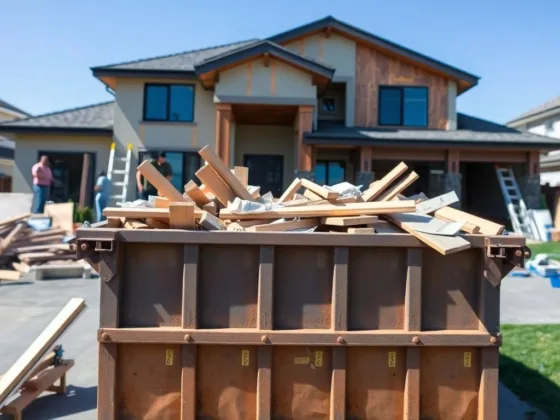Gardens are an amazing way to beautify your home while helping the environment and Mother Nature in general. Specifically, gardens are a great way to advance the cause of preserving the existence of key pollinators like butterflies and bees.
With the loss of flower-rich habitats dating as far back as the 1930s, pollinators have had a difficult time ensuring that they survive.
However, an act as simple as planting a single seed that would grow and eventually flower could make all the difference for a bee or a butterfly.

Small plants basically have a very major role to play in this campaign and are perhaps the most important after all.
For instance, the Mexican fleabane (Erigeron karvinskianus) would gladly creep into walls and the creeping thyme (Thymus serpyllum) is notable for converting the most unpalatable surfaces into a haven for butterflies and bees.
Selecting Pollinator Plants
The choice of plants typically varies for pollinators as they have various needs and preferences. The type of plants that you have in your garden typically determines whether or not you would find some particular pollinators there.
For instance, butterflies and hummingbirds constantly lookout for only nectar, however, they still transfer pollen while feeding. Bees, on the other hand, constantly seek both nectar and pollen.
To ensure that all parties are taken care of, you can opt for flowers that would meet both the needs of bees and butterflies. Plants such as Monarda, otherwise known as bee balm, are a great source of nectar.
Various other plants such as coneflowers, Asters, Black-eyed Susans, and simians which have simple sunflower-like blooms are known to cover both the nectar and pollen base. Herbs known for their flowers such as lavender can be included as well.
Read Also:
Furthermore, the shapes and colors of flowers matter a great deal to pollinators. Bees, for instance, prefer blooms that are white blue, and yellow.
If you’re a beekeeper, planting plants with those bloom colors is a great idea. Keeping bees, provided you have got the right equipment for beekeeping benefits both humans and the environment.
For butterflies, yellow, red, and purple are the colors that they are just drawn to. Other pollinators such as birds prefer colors like red, white, and orange.
Also, bees and butterflies prefer flat, open blooms that come with big petals for their short nectar tubes and ease of landing.
The main birds that pollinate such as hummingbirds prefer tubular, trumpet-shaped blooms like lobelia flowers and honeysuckle. These birds can easily reach into these plants with their long beaks.
Why is Selecting Specific Pollinator Plants So Important?
Essentially, native plants are very important to pollinators. Native insects sometimes have special relationships with specific native plants in their native regions, unlike honeybees that are from Europe.
While some pollinators would typically feed on any plant available, some others can only feed on native plants that they are very familiar with. And when these plants are absent for an extended period of time, they run the risk of going extinct.
One very practical example is that of the Monarch butterfly. Statistics show that the monarch butterfly has seen its population deplete up to 90% compared to its population in 1992.
And the reason is straightforward. The milkweed is indispensable to the monarch and statistics show that the milkweed plant population is down 90% as well.
Milkweed plants are the only source of food available to the monarch caterpillar. However, the rapid disappearance of these plants as a result of a loss of habitat is the major challenge that they face.
Their habitat loss can be attributed to the rampant spraying of weed killers on fields where they live and land development. Without Milkweed plants, monarch butterflies would eventually go extinct.
Therefore, if you’re looking to make the world a better place via your gardening, planting some milkweed plants is a great idea.
Similarly, there are other pollinators that require specific plants and this is why specifically selecting pollinator plants is essential.
Attracting and Keeping Pollinators
In order to attract and keep pollinators around, just having the right plants isn’t enough. Some other things factor in attracting pollinators and retaining them. Here are some of the most common elements that are necessary for this:
- Providing shelters like birdhouses, butterfly boxes or insect boxes is a great idea. This ensures that cavity-nesting bees and other pollinators have a place to stay.
- A source of drinking water. Bees and butterflies also need water. Providing a shallow saucer, a birdbath, or creating a mud puddle would provide sufficient water for them.
- You could also provide seed feeders and nectar feeders to supplement what they get from garden plants.
- You can litter pebbles or stones around for resting. Butterflies usually need warm and sunny pots to rest and regain their energy.
- Providing gently flowing water or a bubbling fountain for bathing and removing sticky nectar is important too.
Making provision for these elements basically puts you on the path to providing a haven for pollinators and a home where they can stay.
Apart from preserving nature, aesthetics is just incredible. Also, you get to enjoy the wonderful smells and the atmosphere of a beautiful garden.









